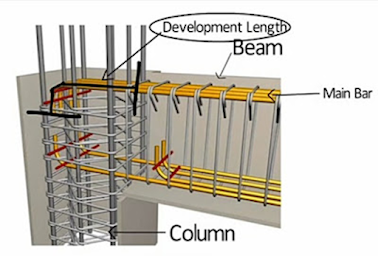TRANSPORTING, PLACING, COMPACTION AND CURING OF CONCRETE-AS PER IS-456-2000
TRANSPORTING, PLACING, COMPACTION AND CURING OF CONCRETE-AS PER IS-456-2000 *Transporting and Handling 1. After mixing, concrete shall be transported to the formwork as rapidly as possible by methods which will prevent the segregation or loss of any of the ingredients or ingress of foreign matter or water and maintaining the required workability. *Placing of Concrete- 1. The concrete shall he placed and compacted before initial setting of concrete commences and should not be subsequently disturbed. 2. Methods of placing should be such as to preclude segregation . 3. Care should be taken to avoid displacement of reinforcement or movement of formwork. 4. As a general guidance, the maximum permissible free fall of concrete may be taken as 1.5 m. *Compaction of Concrete- 1. Concrete should he t...



